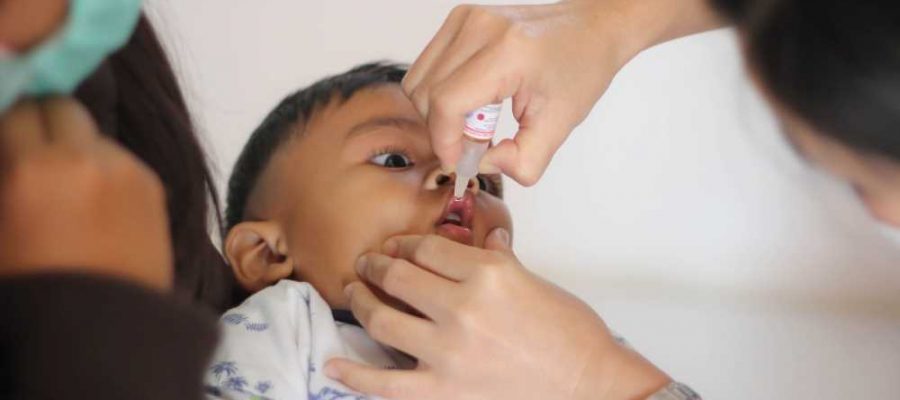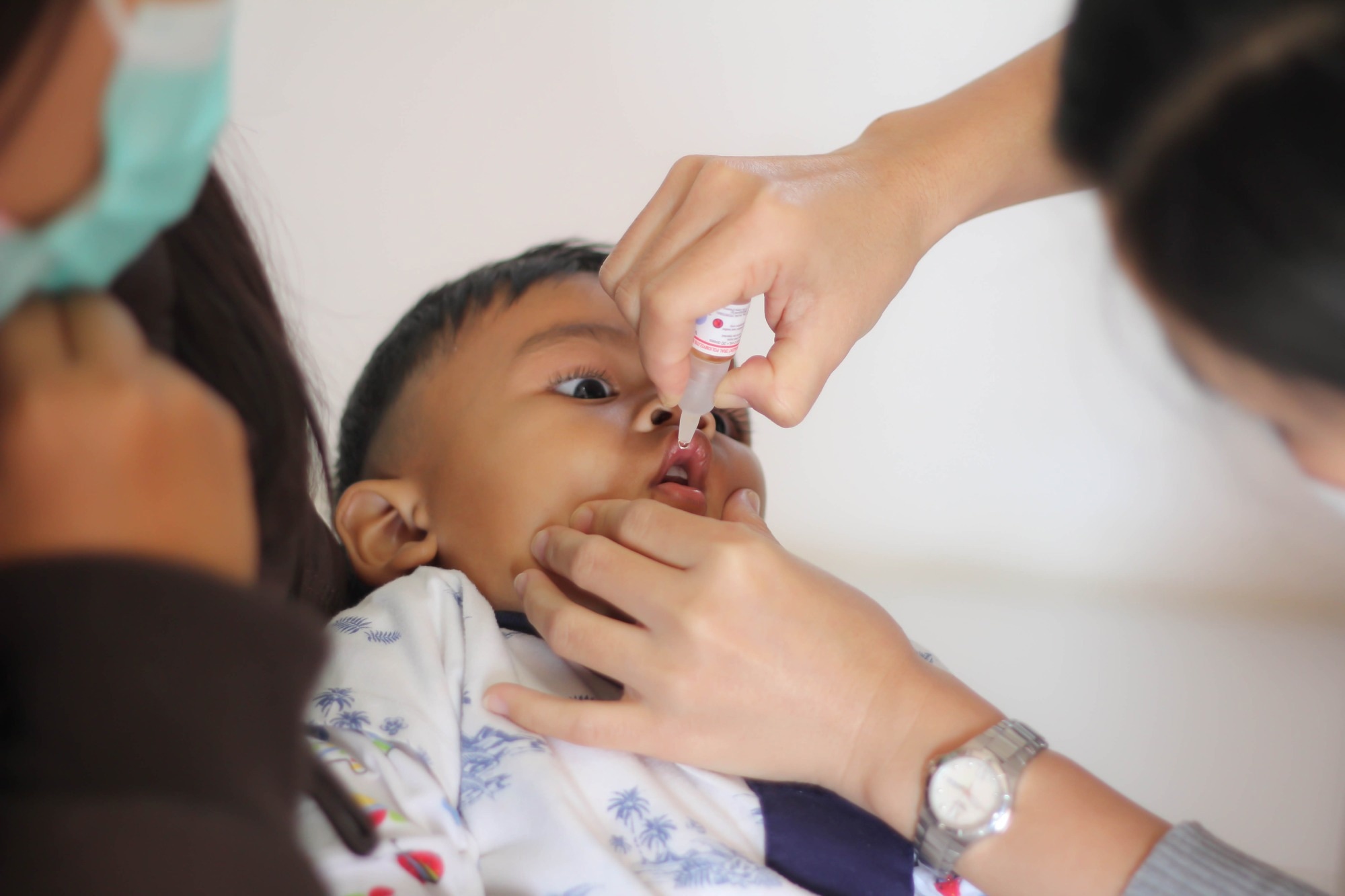
Inactivated poliovirus vaccine elicits persistent immunity for up to 10 years
In a recent article published in eClinicalMedicine, researchers evaluated the immune or neutralizing antibodies (nAb) persistence of the Sabin strain-derived inactivated poliovirus vaccine (sIPV) compared to wild poliovirus seed strains (wIPV) against currently circulating and wild poliovirus strains.

Background
Poliomyelitis virus typically infects children below five years; thus, repeated oral poliovirus vaccine (OPV) administration occurs in this time frame. However, since OPV can cause vaccine-associated paralytic poliomyelitis (VAPP), IPV might be a better alternative to protect infants against polioviruses.
In a previous phase III clinical trial of sIPV in China, researchers demonstrated the potency of its three-dose primary vaccination in two-, three-, and four-month-old infants. Its booster dose increased the geometric mean titers (GMTs) of nAbs against polioviruses type 1/2/3 in 18-month-old children.
Even though sIPV-induced nAbs conferred protection for a minimum of 10 years after the booster dose, it was still inferior to those induced by wIPV-based IPV. Moreover, the persistence of these nAbs after completion of sIPV primary and booster regimens is unclear. Thus, sIPV requires further validation in large-scale population vaccination trials.
About the study
In the present study, researchers evaluated nAb titers in serum samples of children from Pingle County in GuanXi Province of China who had completed the primary and booster regimens of sIPV (or wIPV) between January 1, 2012, and August 31, 2014, during a previous phase III clinical trial.
Children participating in this study were 4-, 6-, 8-, and 10-year-olds. While 170 children formed the sIPV group, there were 169 children in the control wIPV group.
After receiving their prime-boost vaccine regimen, which they did by 18 months of age, 287, 262, 237, and 207 children provided their serum samples. The team used these samples from the sIPV and wIPV groups to analyze protective rates and GMTs of nAbs against poliovirus types 1/2/3. In addition, they detected nAbs against attenuated Sabin strains to determine immune persistence.
Specifically, the researchers used a microneutralization assay to determine titers of nAbs against polioviruses 1/2/3. They presented protective rates as percentages with 95% confidence intervals (95% CIs) and converted nAb titers to log2 titers to calculate GMTs and 95% CIs. Furthermore, the team computed reduction times of GMTs as GMTs at 30 days post-boosting divided by GMTs at 4, 6, 8, or 10 years old.
Finally, based on data distribution characteristics, they chose the Mann–Whitney U, independent-samples t, or Fisher’s exact tests to examine intergroup variations.
Results
During 10 years of follow-up, the protective rates and nAb titers against poliovirus types 1/2/3 induced by sIPV versus wIPV were numerically similar, suggesting these nAbs showed adequate persistence; thus, sIPV could be an alternative or substitute for OPV. However, GMTs of nAbs against poliovirus types 1/2/3 varied for sIPV and wIPV groups from the time of receiving booster shot to 10 years of age, except for poliovirus type 3 in four-year-olds.
Further analyses uncovered that at four years after booster vaccination, the GMTs of nAbs against poliovirus types 1/2/3 decreased between 80.5%–91.8% in the sIPV group and 82.3%–89.0% in the wIPV group.
However, during the age of 6–10 years, the decrease in GMTs slowed for poliovirus types 1/2/3 in both groups. The GMTs of poliovirus types 1/2/3 in both groups persisted at 1:8 till 10 years of age in both groups.
Conclusions
Both sIPV and wIPV induced persistent immunity of at least 10 years after a three-dose vaccination series, suggesting the feasibility of using attenuated Sabin strains to prepare inactivated poliovirus vaccines.
In the postpolio era, vaccines with high immune persistence, such as sIPV, could be critical for eradicating poliomyelitis in developing nations.
- Ma L, Ying Z, Cai W, et al. (2023). Immune persistence of an inactivated poliovirus vaccine derived from the Sabin strain: a 10-year follow-up of a phase 3 study Liaoa. eClinicalMedicine. doi:10. 1016/j.eclinm.2023. 102151. https://www.thelancet.com/journals/eclinm/article/PIIS2589-5370(23)00328-0/fulltext
Posted in: Medical Science News | Medical Research News | Disease/Infection News
Tags: Antibodies, Assay, Children, Clinical Trial, immunity, Poliomyelitis, Vaccine, Virus

Written by
Neha Mathur
Neha is a digital marketing professional based in Gurugram, India. She has a Master’s degree from the University of Rajasthan with a specialization in Biotechnology in 2008. She has experience in pre-clinical research as part of her research project in The Department of Toxicology at the prestigious Central Drug Research Institute (CDRI), Lucknow, India. She also holds a certification in C++ programming.